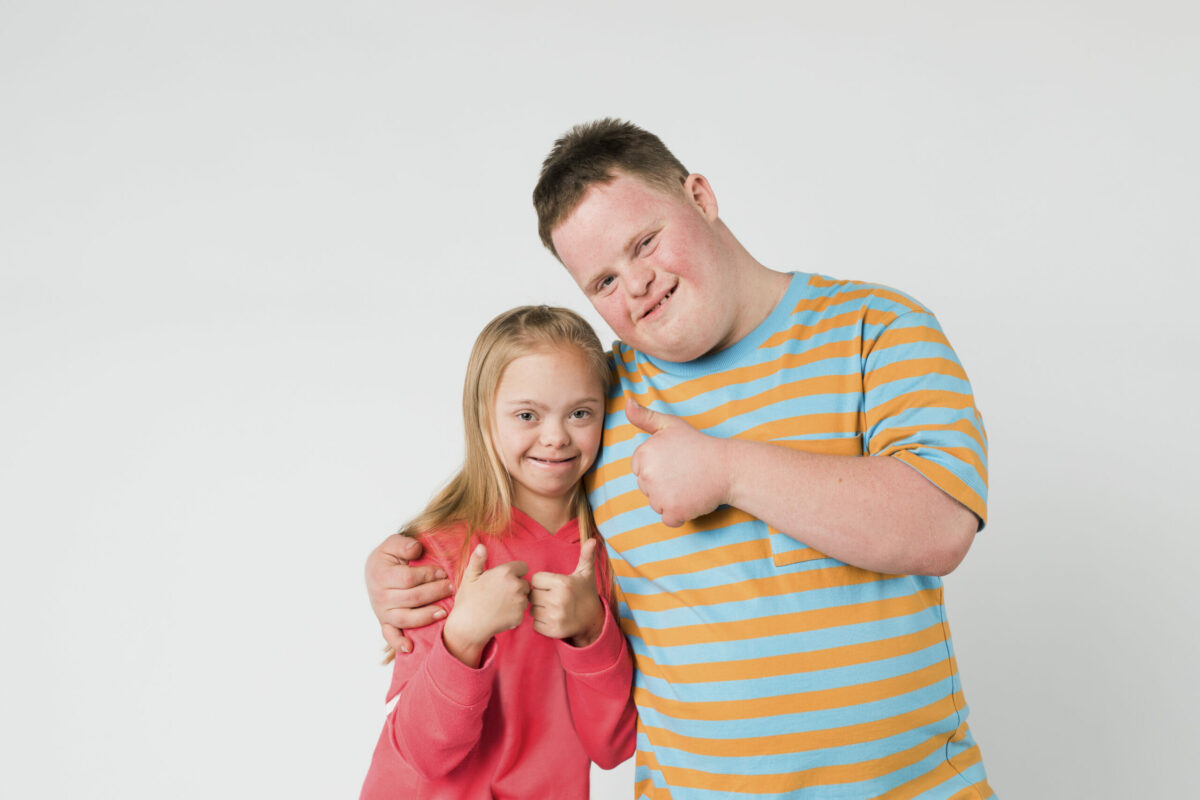This is a health condition in which are affects the growth of bone, cartilage, and the person’s size of the arms, legs, abdomen, and head. Usually, an adult person with dwarfism or skeletal dysplasia is less than 4 feet, 10 inches tall (1.47 meters). However, several treatment options are available that help lessen the symptoms and improve the quality of life.
What is Dwarfism?
A form of skeletal dysplasia that provokes growth problems and leads to short stature is called dwarfism. Commonly, people with this condition prefer to be identified as “little people’ but not “midgets”.
There are different dwarfism forms, which affect different parts of the body (musculoskeletal system) including arms, legs, abdomen, and head.
Dwarfism Types
Hundreds of forms of skeletal dysplasia impact bone growth. Check below the most common of them:
- Thanatophoric dysplasia – This form is less common but very severe form of skeletal dysplasia in which a person has very short limbs with a narrow chest. Unfortunately, infants usually die after birth due to breathing problems.
- Primordial dwarfism – The small body size happens during all stages of life.
- Pituitary dwarfism – This type of skeletal dysplasia occurs due to growth hormone deficiency.
- Hypochondroplasia dwarfism – This form is considered a mild type of short-limbed dwarfism.
- Achondroplastic dwarfism – In such cases, an individual has short limbs and a prominent forehead. In addition, this is considered the most common form of dwarfism.
This genetic disorder can impact anyone because it is an inherited disorder from parents. It usually occurs random through DNA changes but not every time dwarfism impacts children of parents with an average height.
This is considered a rare genetic condition that impacts 1 in every 15,000 to 40,000 people.
Symptoms
One of the most common dwarfism symptoms is short stature (less than 4 feet and 10 inches or 1.47 meters). If a person has short stature is more noticeable during puberty or adulthood than in childhood.
Additionally, certain dwarfism forms can cause short stature disproportionate. It means that an individual has an average-sized torso but short limbs. Check below some common symptoms of dwarfism:
- Bowed legs
- Large head
- Flat nasal bridge
- Short fingers and toes
- Wide hands and feet
- Short limbs
- Prominent forehead
Check below some additional symptoms that can occur due to abnormal bone growth:
- Ear infections (leading to hearing problems)
- Knee and ankle pain
- Sleep apnea
- Scoliosis (curved spine)
- Compressed nerves
- Hydrocephalus (fluid around the brain)
Causes
Different causes can contribute to or lead to skeletal dysplasia. In most cases, this condition is caused by a DNA change. Check below other dwarfism causes:
- Small for gestational age – In normal circumstances, babies are born small but they will catch up with growth in the first 2-3 years of life. Unfortunately, approximately 10% of babies do not catch up with growth.
- Malnutrition – A poor nutrition may affect the child’s growth.
- Late bloomer (constitutional delay) – there are some children who are short in early childhood. It happens because they are programmed to grow later.
- Growth hormone deficiency – In such cases, the brain does not produce enough growth hormone, which is required for bone growth.
- Genetic mutation – DNA changes
- Family history – In case parents and other family members are short, it is normal that children also will have short stature.
Is Dwarfism a Genetic Disorder?
There are some types of genetic dwarfism that happen due to a DNA change. These genetic changes occur randomly and are not passed from parent to child. Therefore, parents have an average height while children are diagnosed with dwarfism.
However, if both parents have dwarfism, the risk of developing this condition to the child increases. For example, there is a 50% chance that this condition will pass from a parent with achondroplasia to their child. In case both parents have achondroplasia there is a 25% chance that the child will develop a very dangerous form of dwarfism (known as homozygous achondroplasia). This dwarfism type usually causes death after birth and a 50% for typical achondroplasia.
Discuss with your healthcare provider if you planning to become pregnant and discuss about risks of having a child with inherited dwarfism.
Diagnosis
In some cases, to diagnose dwarfism before birth it is possible. Physicians usually use prenatal screening tests to check the fetus for any growth abnormalities.
Doctors will monitor the child’s height every year after birth. Your healthcare professional can diagnose this genetic disorder later if your child misses growth milestones but not right after birth. X-rays and blood tests can also help the doctor determine why your child is not growing normally.
Treatment
The treatment usually is different for everyone because it depends on the severity and type of dwarfism, other existing health conditions, medication use, and others. Check below surgery treatments:
- Correct the bones that grow in an abnormal direction or the shape of bones.
- A procedure to remove hydrocephalus (an excess of fluid from around the brain)
- Decrease brain stem compression, which is a procedure that helps to reduce the pressure on one part of the brain that connects the spinal cord.
- To prevent ear infections may be added some tubes in the ears.
- Removing the tonsils or adenoids to improve breathing
Check below some non-surgical treatments:
- Hearing aids to improve hearing
- Administering growth hormone (hormone therapy) is used in the treatment of low growth hormone.
- Continuous positive airway pressure (CPAP) is a machine used for sleep apnea.
- Adopt healthy eating habits and regular exercise to prevent overweight or obesity.
- In the United States, the Food and Drug Administration (FDA) approved Vosoritide in children with achondroplasia who are older than 5 years old. This medication helps to increase the child’s growth.
Frequently Asked Questions
What is life expectancy for people with dwarfism?
Approximately for all types of dwarfism, there is a normal life expectancy with proper treatment. However, some forms of dwarfism have a decreased lifespan.
What are the common dwarfism symptoms?
- A flat mid-face
- Short limbs
- Decreased joint mobility in the elbow
- Bowed legs
- Disproportionately short arms and legs
- Over flexible joints
If you notice any of the previous symptoms in your child, it is advised to visit a doctor immediately.
Does dwarfism impact teeth?
People with pituitary dwarfism can experience different dental abnormalities. For example hypodontia, delayed tooth eruption, tooth shape and size abnormalities, double or impacted teeth. Consult with your healthcare professional for more details.




